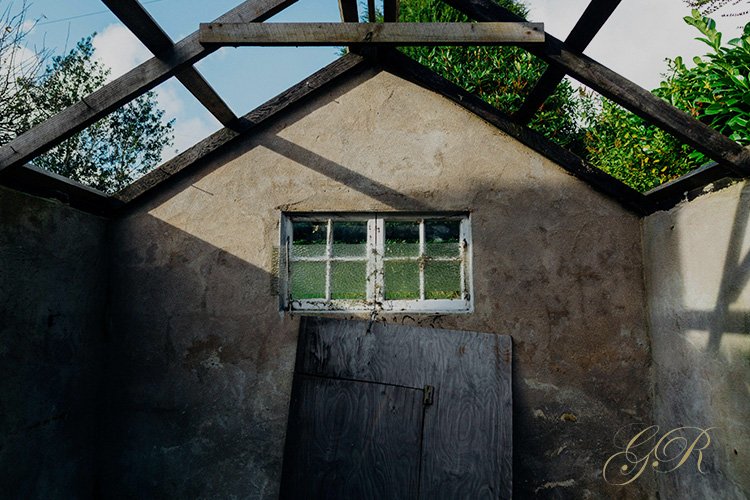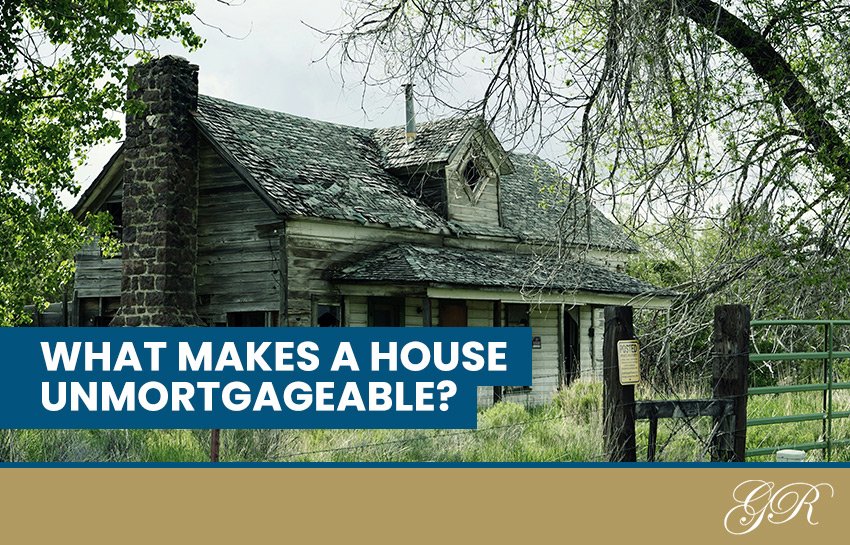The UK has many ageing properties in varying degrees of decline. What some may see as a lost cause, others, particularly property investors, may see as a renovation project.
However, it is not usually possible to get a mortgage on a property considered ‘uninhabitable’ by a mortgage lender.
Mortgage lenders consider a property uninhabitable if it lacks essentials like a watertight roof, working plumbing, electricity, and heating. Issues such as severe structural damage and proximity to undesirable commercial properties can also make a house unmortgageable.
If you want to buy a currently uninhabitable property and have been turned down by mainstream mortgage lenders, be reassured that there are alternatives.
Read on for Goldmanread’s guide on how to get a mortgage for an uninhabitable house, as well as how to finance essential repairs on a property before you mortgage it.
Goldmanread is a highly experienced firm of mortgage brokers based in Essex. Our knowledge of the market and access to specialist lenders can be very beneficial to those seeking to finance an uninhabitable property. To arrange a consultation, please contact us.

What makes a property unmortgageable?
Standard lenders do not generally offer mortgages on properties they consider uninhabitable. A property might be deemed uninhabitable by a mortgage lender for a variety of reasons, including:
- Lack of essentials like a watertight slate or tile roof and a working kitchen and bathroom. With regards to heating, a surveyor would need to be satisfied that the property could be kept warm in the absence of a central heating system.
- Severe structural issues (subsidence, major cracks, foundational problems).
- A derelict property or one in considerable disrepair.
- Proximity to undesirable commercial properties (pubs, takeaways, industrial sites).
In short, anything that poses a health risk or makes the property unlivable will usually be refused a standard mortgage. Other reasons a property may be declined for a mortgage include:
- Unresolved legal disputes (property boundaries, rights of access).
- Lack of proper planning permission or building regulations approval.
- Leasehold properties with a short lease (typically less than 70 years remaining). To learn about getting a mortgage for a leasehold property, check out our blog.
- Location in high-risk areas (flood zones, subsidence areas).
- Non-standard construction materials (thatched roofs, timber frames, prefabricated structures).
- Historical preservation orders that complicate upkeep and resale potential.
Why is it hard to get a mortgage on an uninhabitable property?
Lenders place a first charge on the property when they provide a mortgage. This means if the borrower defaults on the payments and they need to repossess the property, they can sell it quickly. However, if the property is uninhabitable or has location issues, it might not sell fast, making it harder for lenders to recover their money in case of default.
Whilst it’s not impossible to get a mortgage on an uninhabitable property, these types of loans tend to be geared towards property developers and, as such, attract commercial rates of interest and much shorter lending terms than standard residential mortgages.
How do you get an uninhabitable property mortgage?
Generally, you can’t arrange a standard residential mortgage on an uninhabitable property.
An alternative is to take a bridging loan. Bridging loans are a form of short-term secured loan (usually between 6 and 24 Months) with interest rates similar to credit cards, i.e., 0.9 -1.5% per month. This is a good way of financing essential repairs before refinancing the property with a standard mortgage.
You might also consider a ‘renovation mortgage,’ a form of commercial development finance in which a mortgage provider lends on the purchase of the property and any planned renovations. This type of lending is a more complicated form of bridging finance, though it may attract slightly lower rates and offer more flexibility to the borrower.
To gain mortgage approval, the lender will need to be satisfied that the renovations are of an acceptable standard, on the advice of an estate agent and a surveyor.
Read more about refurbishment mortgages.
If you have decided to buy an uninhabitable property, let’s consider the next steps.
Identify all the problems and risks
Be sure to thoroughly consider the problems and risks associated with buying a house deemed uninhabitable. It’s essential to have a full structural survey carried out by a suitably qualified surveyor. They will be able to identify all structural defects so you are fully aware of the scale of refurbishment before you proceed with the property purchase.
Provide solutions to the problems
A good surveyor will identify all the problems that need addressing and should also make recommendations on how to solve those problems. From there, you can schedule the work required to bring the property up to a standard by which it would be considered habitable, e.g. rewiring, plumbing or structural repair.
Speak to a specialist mortgage broker
It’s important to seek advice from experienced mortgage brokers when looking for finance on an uninhabitable property. Goldmanread can help you find the most competitively priced mortgage or bridging loan for an uninhabitable property. We have access to specialist lenders and are experienced in helping homebuyers, and property developers find the best finance solution for their circumstances.
Consider a bridging loan or other finance options
There is a wide range of lenders offering bridging and related finance options. All have different charging structures and specialise in different areas, e.g., commercial, semi-commercial, residential, etc.
At Goldmanread, we can refer you to an experienced bridging loan expert who can explore the right financing options on your behalf.
Looking for advice on uninhabitable property mortgages? Contact Goldmanread
At Goldmanread, we have been providing mortgage advice to a wide range of clients for more than 15 years. We know the best mortgage lenders for uninhabitable properties., some of which are not available directly to borrowers. We can help you weigh up your options, assess the risks and find the best mortgage for your personal circumstances.
To get started, please contact us and we will be in touch as soon as possible.
Frequently asked questions about uninhabitable property mortgages
What if the property has a bathroom but no kitchen? Does this make it uninhabitable?
Generally, the answer is yes. Most mortgage lenders expect a property to have both a functioning kitchen and bathroom to be considered habitable.
Who declares a property uninhabitable?
At the start of any mortgage application, the lender instructs a professional surveyor to physically inspect the property. Based on the surveyor’s report, the lender decides whether the property is habitable.
Are there many mortgage lenders who accept uninhabitable properties?
Mainstream lenders do not approve mortgages for uninhabitable properties, but there are specialist lenders who will. These lenders tend to operate in commercial markets and may only be accessible via a specialist broker.
The nature of these lenders and the markets in which they operate means they rent to charge higher fees and interest rates. Unlike mainstream lenders, they are also likely to be unregulated.
Therefore, it is essential that you get mortgage advice before considering entering into an agreement with one of these lenders so you are fully aware of the risks.
Further reading:

